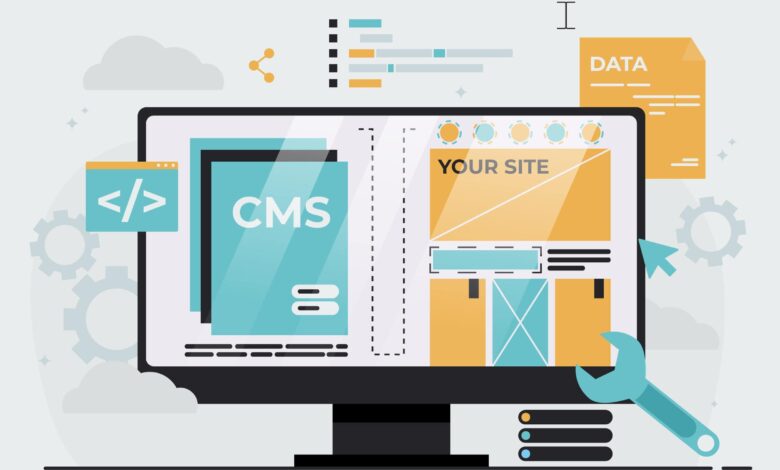What is the difference between frontend and backend development?
frontend Developer and backend Developer

Introduction to Frontend and Backend Development
In the digital world, website functionality is everything. To have a functioning, fully responsive, and engaging website, you need both frontend and backend development. In very simple terms, frontend can be viewed as everything you can see and interact with on a website, while backend is all about what goes on behind the scenes that makes all these interactions possible. This blog will provide an introduction to both frontend and backend development, helping you understand their role, functionalities, and how they mesh together to create a seamless user experience.
Overview: Understanding the Role of a Frontend Developer
Frontend refers to the client side of website development. It involves everything that users observe directly – from texts and colors to buttons, images, and navigation menu. A frontend developer is tasked with creating an intuitive design and ultimately influencing the user experience. They use tools such as HTML, CSS, and JavaScript to create responsive web design. Their goal is to ensure that the website is visually appealing, intuitive, and runs consistently across all browsers and platforms.
In-Depth: Diving into Backend Development
In contrast to frontend, backend development refers to the server-side of website development. It’s about what goes on behind the scenes and is invisible to users. Backend development ensures that everything on the frontend works flawlessly. Restaurants provide an excellent metaphor: while frontend is like the dining area where everything is designed for a pleasing aesthetic and customer experience, backend is like the kitchen where all the hard work goes on to make that experience possible. Backend developers use programming languages like Python, Java, and Ruby, and work with databases and server settings.
Key Differences between Frontend and Backend Development
While frontend and backend development work together to create a smooth user experience, they’re characterized by distinct aspects. Frontend developers handle everything that users interact with in a browser. Their role is focused on design, structure, and the look and feel of a website. Conversely, backend developers are responsible for the functionality and logic that drive the frontend, dealing with servers, databases, and application logic. Therefore, the key difference lies in the interface (frontend) versus behind-the-scenes operations (backend).
Conclusion: Deciding Between Frontend and Backend – Which Suits You Best?
The decision between frontend and backend development depends greatly on your interests and skills. If you enjoy being creative, working on visuals, and dealing directly with user experience, frontend development could be a good fit. On the other hand, if you love solving puzzles, working with complex systems, and managing data, then backend development is your alley. Remember, these aren’t mutually exclusive fields; full-stack developers handle both frontend and backend tasks. As you explore and grow in your coding journey, you may find the area that suits you best. Happy coding!ntroduction to Frontend and Backend Development In the digital world, website functionality is everything. To have a functioning, fully responsive, and engaging website, you need both frontend and backend development. In very simple terms, frontend can be viewed as everything you can see and interact with on a website, while backend is all about what goes on behind the scenes that makes all these interactions possible. This blog will provide an introduction to both frontend and backend development, helping you understand their role, functionalities, and how they mesh together to create a seamless user experience. Overview: Understanding the Role of a Frontend Developer Frontend refers to the client side of website development. It involves everything that users observe directly – from texts and colors to buttons, images, and navigation menu. A frontend developer is tasked with creating an intuitive design and ultimately influencing the user experience. They use tools such as HTML, CSS, and JavaScript to create responsive web design. Their goal is to ensure that the website is visually appealing, intuitive, and runs consistently across all browsers and platforms. In-Depth: Diving into Backend Development In contrast to frontend, backend development refers to the server-side of website development. It’s about what goes on behind the scenes and is invisible to users. Backend development ensures that everything on the frontend works flawlessly. Restaurants provide an excellent metaphor: while frontend is like the dining area where everything is designed for a pleasing aesthetic and customer experience, backend is like the kitchen where all the hard work goes on to make that experience possible. Backend developers use programming languages like Python, Java, and Ruby, and work with databases and server settings. Key Differences between Frontend and Backend Development While frontend and backend development work together to create a smooth user experience, they’re characterized by distinct aspects. Frontend developers handle everything that users interact with in a browser. Their role is focused on design, structure, and the look and feel of a website. Conversely, backend developers are responsible for the functionality and logic that drive the frontend, dealing with servers, databases, and application logic. Therefore, the key difference lies in the interface (frontend) versus behind-the-scenes operations (backend). Conclusion: Deciding Between Frontend and Backend – Which Suits You Best? The decision between frontend and backend development depends greatly on your interests and skills. If you enjoy being creative, working on visuals, and dealing directly with user experience, frontend development could be a good fit. On the other hand, if you love solving puzzles, working with complex systems, and managing data, then backend development is your alley. Remember, these aren’t mutually exclusive fields; full-stack developers handle both frontend and backend tasks. As you explore and grow in your coding journey, you may find the area that suits you best. Happy coding!



